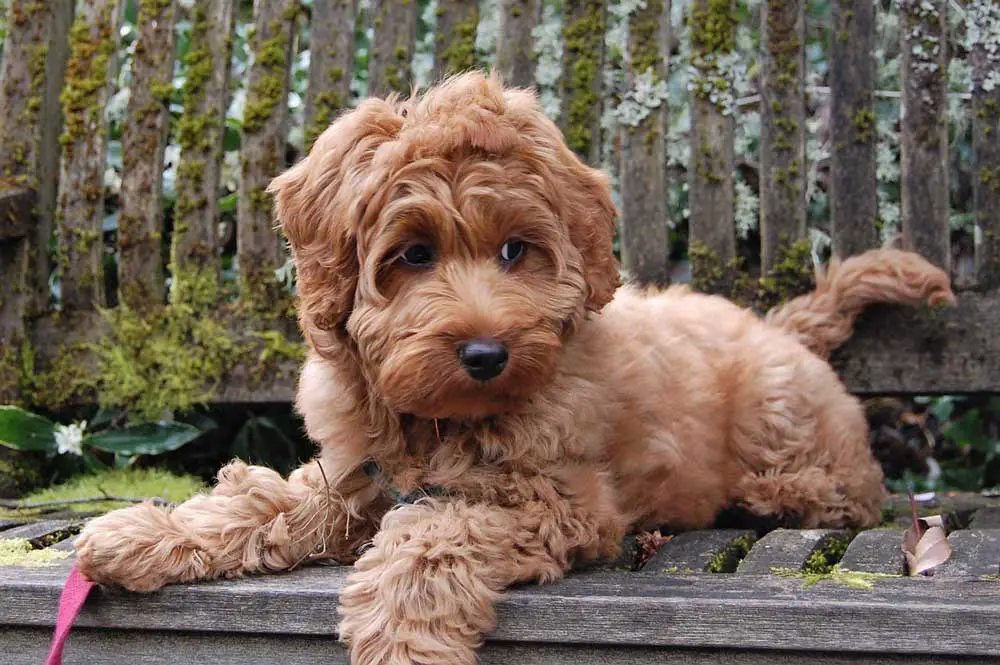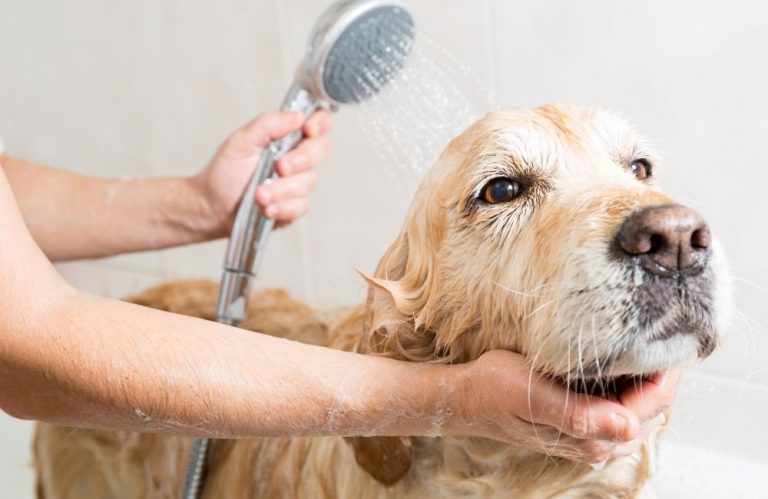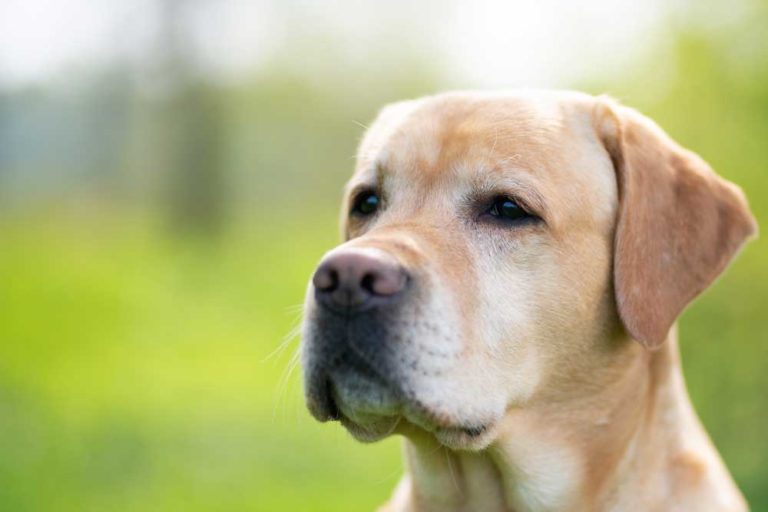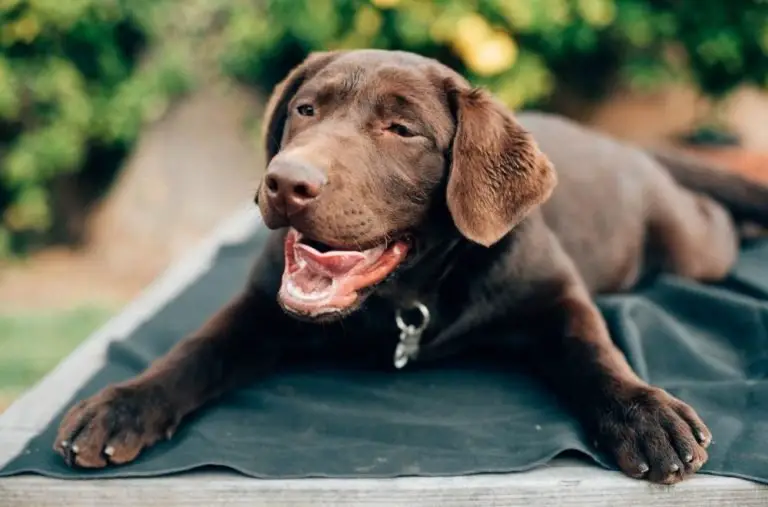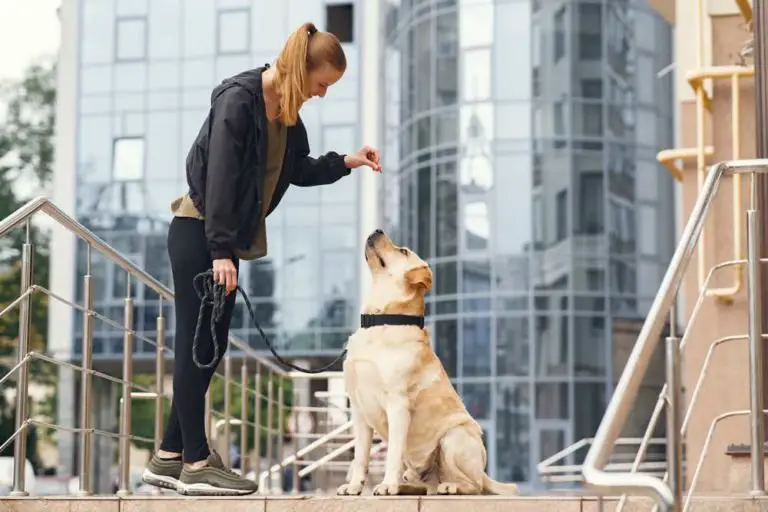Australian Labradoodle: What You Need To Know About This Breed
The Australian Labradoodle is a designer dog breed that originated in Australia. It is mainly crossbred between Labradors, Standard Poodles, Irish Water Spaniels, Curly Coated Retrievers, English, and American Cocker Spaniels.
Also, it comes in three different sizes and weights ranging around 14-24 inches and 15-65 pounds respectively. An Australian Labradoodle is a gregarious pet that possesses the traits and aesthetic features inherited from the parent breeds.
They’re typically calm, friendly, loving dogs that make great family pets. In this blog post, we’ll go over everything you need to know about Australian Labradoodles before adopting one of your own!
The Origin of the Australian Labradoodles
The Australian Labradoodles were first bred in the 1980s by Wally Conron, a breeding manager at Australian Guide Dog Services. After this, the breeders in Australia started refinement to give rise to a newfangled canine breed. The main aim of Wally Conron was to create a low-shedding dog breed that works brilliantly as a guard dog for the visually-impaired people.
In the beginning, the Australian Labradoodles were crossbred only between the Labrador Retriever and Miniature/Standard Poodle. Later on, the lineage of this multigenerational breed consisted of Curly Coated Retrievers, Irish Water Spaniel, English, and the American Cocker Spaniel.
Being originally bred to be a good guide dog, these furry pals possess the affectionate nature of a Labrador along with the Poodle’s low-shedding hairs. This dog breed was created specifically for the people who needed an efficient guide dog but were highly allergic to dog hairs. Although Labradors are successful as guide dogs, they are not hypoallergenic.
The Affable Personality of this Lovable Dog Breed
Apart from being good guide dogs, the Australian Labradoodles are highly sociable pets. They are gentle, affectionate, even-tempered, loyal, intuitive, intelligent, attentive, and extremely lovable family pets. Also, these furry pals get along well with the kids and other pets. The Australian Labradoodles have the traits of both, good therapy and guard dogs as well. These friendly and playful pooches can often become comical at times to brighten up the gloomiest ambiance.
However, this dog breed does not like to stay alone for long hours as they relish spending quality time with their owners. These easy-going pets have got the trait of sociability, attention-seeking, and zeal to entertain their owners from their Labrador descendants. In tough times, an Australian Labradoodle would be your best companion to cheer you up. With no traces of hostility, this dog breed is the perfect pet that every home longs for.
Quick Learners and Easily Trainable Pets
The Australian Labradoodles have inherited the intelligence and responsiveness from their Spaniel and Poodle lineages. Due to this, these adorable pooches can be trained very easily. Also, there is no need to hire a professional trainer for giving them obedience training.
They are highly amenable to the commands given to them by their owners. Apart from this, they retort positively to the reward-based training given at home. Also, the Australian Labradoodles would pick up on the rules and tricks in a short period.
However, these pets tend to develop an impolite attitude if they are not trained properly from the very beginning. Therefore, by teaching them the right things with patience, these furry pals would become more obedient, well-mannered, and loving than you could ever imagine.
Fluffy Coating in Assorted Colors
The Australian Labradoodles come in adoringly assorted colors such as chocolate, cream, caramel, apricot, red, and black. The texture of their coating is straight, woolly, or curly. Also, this dog breed features a range of the following markings that are based on the color of their coat.
- Tuxedo: The coat color consists of a white pattern on the head and chest. Also, the toes or paws are of the same color pattern.
- Parti: In this classified marking, at least 50% of the coating comprises white color.
- Café and Parchment: This type of marking signifies the color of the coating that resembles the faded chocolate texture.
Types of Coating
The coating of an Australian Labradoodle is of three types namely hair, wool, and fleece. Amongst these three, the hair is considered to be the loosest one with a surface similar to a bushy Labrador. This type of coat sheds more as compared to others and is not recommended for people prone to allergies.
On the other hand, the fleece is curlier than the hair coating but is glossier and softer than the wool. This type of coating is easily manageable and sheds lesser than the hair type. Apart from this, the wool is touted to the curliest of all the coats that resemble Poodle. It sheds in very little or insignificant amounts, which makes this coating the most allergy-friendly one. Also, the woolly coat would require regular grooming and brushing.
Physical Parameters
As stated earlier, the Australian Labradoodles come in varied sizes such as miniature, medium, and standard ones. Although this dog breed is highly adaptable, the standard size is not recommended for the ones that are living in an apartment. The following are the height and weight of the diverse sizes of Australian Doodles.
- Miniatures: The miniature ones stand approximately 14-16 inches tall with weight ranging around 15-25 pounds.
- Mediums: The medium-sized ones are 17-20 inches tall with weight varying between 30-45 pounds.
- Standards: The standard ones are 21-24 inches tall with weight ranging around 50-65 pounds.
The Exercise Needs of an Australian Labradoodle
Being an energetic breed, Australian Labradoodles require daily physical workouts for at least 30-60 minutes to remain fit, healthy, and active. These furry pals love being outdoors and do not like to stay unengaged indoors for longer. You can take your beloved pet for a walk regularly so that he can release his energy properly.
Apart from this, Australian Labradoodles can be even taken to the dog parks so that they can run, roam, and play freely with their other pet mates. If you are having an enclosed backyard at home, then you can leave your pet out so that he can play there without having a leash on. Additionally, you can even get a handful of pet-friendly toys for your Australian Labradoodle to keep him engaged.
Diet and Nutritional Requirements
The diet and nutritional requirements of an Australian Labradoodle would depend upon his activity level, size, and weight as well. Also, make sure to give only high-quality dog food to your pet. For this, you can feed grain-free kibble to your furry pal.
If you want to calculate the ideal calorie intake for your pet, then add around 25-30 calories for every pound that your Australian Labradoodle weighs. Generally, two cups of kibble contain 1200 calories which are an ideal daily calorie intake for your pet.
Grooming your Australian Labradoodle
The grooming and brushing needs of an Australian Labradoodle would depend upon his coat type. The hair-type coating needs brushing every week as this coat tends to shed on its own. On the other hand, the fleece-type coating requires thorough and extended brushing sessions once a week. Besides this, the wool-type coating is easily manageable and hence, requires light brushing less frequently.
However, you should take your furry pal to a professional groomer at least once a month to keep him well-maintained. Furthermore, to prevent eye infections, you must get the hair around your pet’s eye carefully trimmed down. Also, you can bathe your Australian Labradoodle once or twice in fifteen days using a high-quality pet shampoo.
Health Disorders and Inherited Diseases
The Australian Labradoodles are prone to several hereditary diseases such as Progressive Retinal Atrophy, Addison’s Disease, Hip Dysplasia, Patellar Luxation, and Von Willebrand’s Disease. There are probable chances of your pet inheriting these diseases from his parent breeds.
However, by buying your Australian Labradoodle from a certified professional breeder and by taking good care of the furry pal, you can reduce the inheritance of such diseases. Also, take your pet to a good veterinary doctor once a month for an overall health checkup.
The Dissimilarity between Labradoodles and Australian Labradoodles
Most people often get confused between Labradoodles and the Australian Labradoodles as both of the breeds belong to Poodle crosses. The main difference between both of these designer dog breeds is in their crossbreeding.
The Labradoodles are cross-bred between a Standard Poodle and Labrador Retrievers only. The first-generation Labradoodles are often addressed as F1 whereas the ones from the second-generation are classified as F2 and so on.
On the other hand, the Australian Labradors are generally crossbred between three dog breeds. The bloodline of Australian Labradors mainly consists of Poodle, Labrador Retriever, and Cocker Spaniel as well.
Unlike most dog breeds that generally have two purebred parents, the Australian Labradoodle can be even crossbred among three diverse dog breeds.
This multigenerational dog breed is also originated from the continuous breeding of the Labradoodles as well. They can even possess a blend of up to six assorted dog breeds. Ideally, their life expectancy ranges around 12-15 years.
Wrap Up
Having an Australian Labradoodle in your home is like a fluffy teddy by your side to spread happiness and love. These furry companions are exceptionally good when it comes to breathing new life into the atmosphere with their adorable expressions and hilarious acts. Being low on shedding, they are also allergy-friendly. Above all, this companionable pet would only need your love, attention, and care to stay contented.

